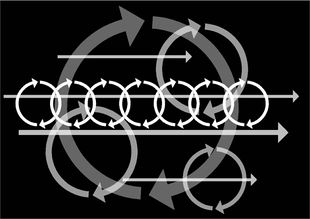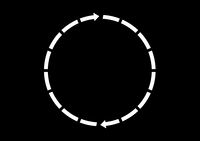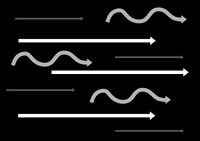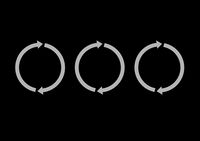atom10:RhythmAnalysis
| Line 3: | Line 3: | ||
__FORCETOC__ | __FORCETOC__ | ||
| − | |||
| − | |||
| − | |||
| − | |||
| − | |||
| − | |||
| − | |||
| − | |||
=='''The Rhythmanalytical project'''== | =='''The Rhythmanalytical project'''== | ||
Revision as of 09:12, 10 October 2011
Contents |
The Rhythmanalytical project
There is a strong relation between everyday life and rhythm - a concrete modalities of social time.We are particulraly interested in the relation between cyclical and linear time. In this way we can describe daytime in accordance with social categories.
The realtions of the cyclical time and the linear are not simple: there is between them antagonistic unity - they are in perpetual interaction.
Cyclical repetition and the linear repetitive separate out under analysis, but in reality interfere with one another constantly. The cyclical originates in the cosmic, in nature: days, nights, seasons, the waves and tides of the sea, monthly cycles, etc. The linear would come rather from social practice, therfore from human activity: the monotony of actions and of movements, imposed structures. The antagonist unity of relations between the cyclical and the linear sometimes gives rise to compromises, sometimes to disturbances.
Our analysis
The surrounding institutions control the rhythm of movement and activity surrounding and extending beyond the site. We need to map and represent the contours of the flow of people around the site. This analysis will help us to define where the intervention can engage with users.
How can we map rhythm? - Using data based on a range of characteristics we can create a contour map of flows for the two main institutions,
We have selected 3 main institutions: the cental library, the architectural building and the botanical garden.
opening hours knowledge flow books loaned out newspapers
opening hours lectures times/students cafe/canteen espresso bar library university employees
opening hours types of plants seasonal changes
Data Surrounding buildings:



